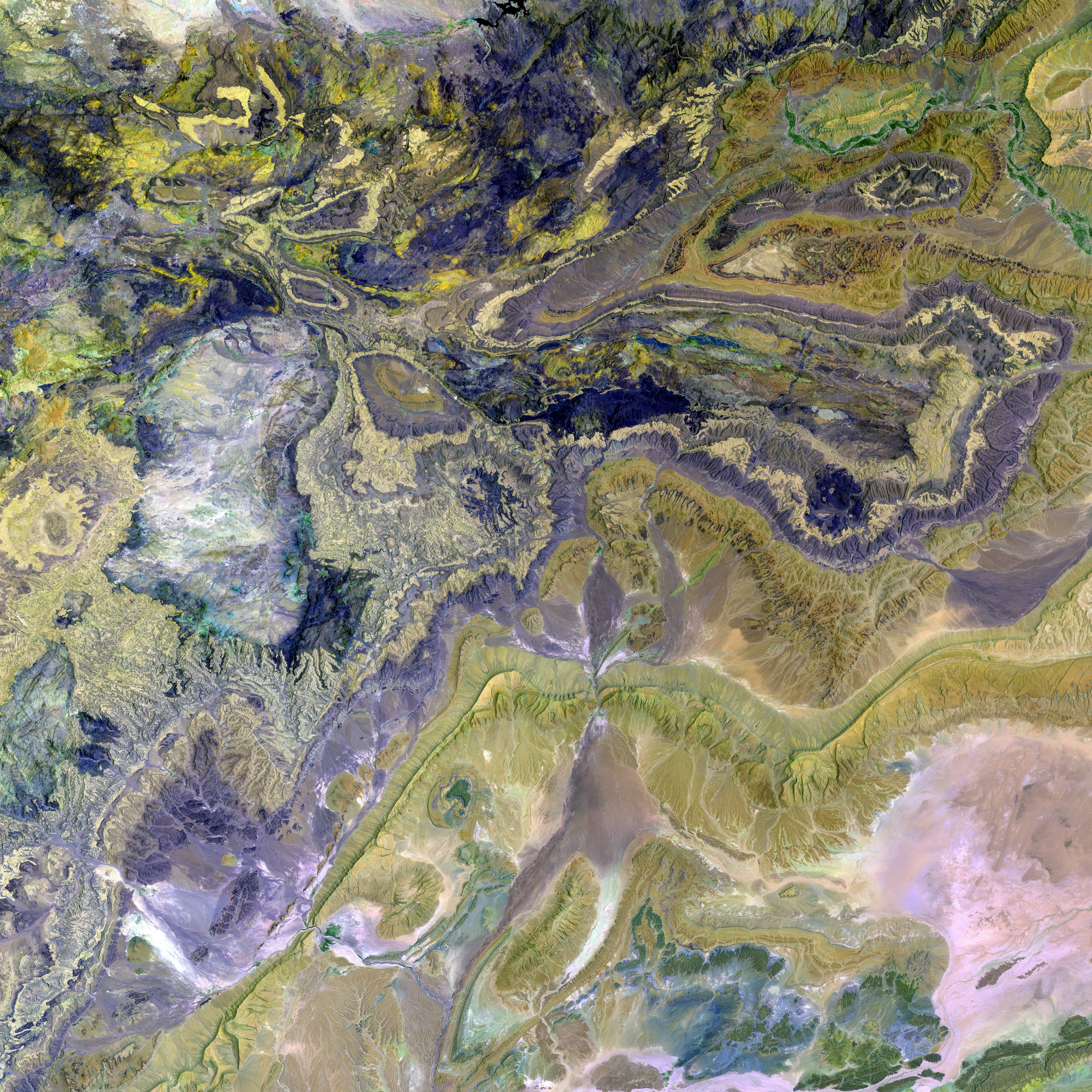Unraveling Archaeopteryx's Flight: Modern Perspectives Reveal a Winged Wonder
Evidence suggesting that Archaeopteryx was capable of flight has emerged.
Ever puzzled about Archaeopteryx's flight capabilities? Well, buckle up, because recent research has unearthed some intriguing insights about the possibly first bird's winged dance! According to a study published in the esteemed journal Nature, this feathery fossil friend of ours might have been quite the flyer after all. Let's dive into the exciting discoveries that prove Archaeopteryx could soar through the skies!
Uncovering the Cryptic Clues: The "Chicago Archaeopteryx"
The research team's marble-studded jewel happens to be the "Chicago Archaeopteryx," resting safely at the Field Museum. A nearly complete specimen, with the exception of a singular finger, the Chicago Archaeopteryx has unveiled an abundance of previously undiscovered information, from its beak's tip to its tail's end.
Feathered Marvels: Tertiary Feathers to the Rescue
With the assistance of micro-computed tomography and ultraviolet (UV) light imaging, the team analyzed the specimen's long-forgotten feathers. The analysis offered some surprising revelations. Archaeopteryx wasn't just equipped with primary and secondary feathers, as well as the famous shoulder feathers, but also a third type, tertiary feathers-just like today's modern wings! These feathers originate from the elbows and lie against the body during flight, bridging the wing and the body to improve aerodynamics.
An Elongated Humerus: To Fly or Not to Fly?
As if that wasn't enough, lead researcher Jingmai O'Connor also pointed out that Archaeopteryx had a strikingly longer humerus compared to most contemporary birds. This lengthy leg bone can inadvertently create a space between the wing's primary and secondary feathers and the remainder of the body. This gap disrupts lift, potentially hindering flight. However, the tertiary feathers help to close this gap, making powered flight possible for Archaeopteryx.
From Flight to Feathers: A Double-Edged Evolutionary Advantage
Aside from their pivotal role in flight, tertiary feathers may have played another part in the ancient bird's life: communication. The research team speculates that the extra large surface area of the cover feathers could've been utilized for visual signaling among the quaint Archaeopteryx communities.
On the Ground and in the Trees: The Mixed Lifestyle of a Primordial Flyer
The analysis also revealed foot pads and a surprisingly elongated tail for the "Chicago Archaeopteryx," suggesting it spent time on the ground and even climbed trees-similar to modern pigeons. Such evidence points to a mixed terrestrial and arboreal habitat for this early bird, enabling both grounded exploration and aerial adventure.
The Extra Finger: A Mystery Unraveled
A closer examination of the hands revealed that the little fingers on the Archaeopteryx's hands were mobile, hinting at dexterity and potential use in feeding or other activities.
Polishing the Evolutionary Picture: Bridging the Gap between Dinosaurs and Birds
The new insights solidify the pioneering position of Archaeopteryx in the evolutionary world, establishing it as one of the earliest dinosaurs to adopt feathers for flight, moving us a step closer to fully understanding the flight of birds.
Sources:
- ntv.de
- Walter Willems, dpa
Keywords:
- Fossils
- Paleontology
- Birds
- Dinosaurs
- Evolution
In light of the recent study on the "Chicago Archaeopteryx," it's evident that the discovery of tertiary feathers, akin to modern wings, has provided groundbreaking insights into potential flight capabilities of the ancient bird (science). Furthermore, these feathers could have served dual purposes beyond flight, potentially aiding in communication within the Archaeopteryx community (environment, technology).
Moreover, the analysis also hinted at the mixed lifestyle of this primordial flyer, suggesting that it spent time on the ground and even climbed trees, similar to modern pigeons (medical-conditions). This evidence points towards a habitable environment that offered both terrestrial and arboreal spaces, enabling a wide range of activities for the early bird (environment).




